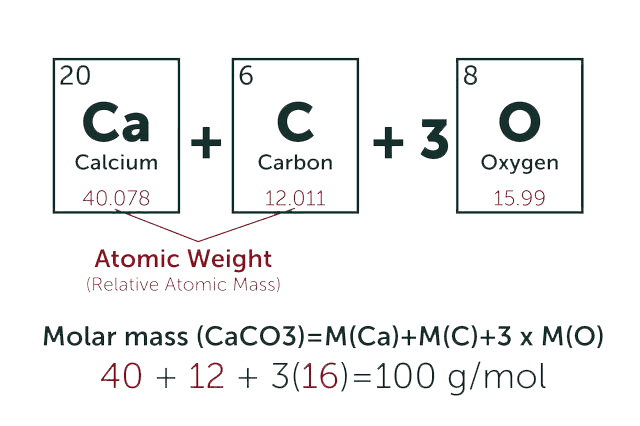1. Interaction of myo-inositol hexakisphosphate with biogenic and synthetic polyamines
Julia Torres, Claudia Giorgi, Nicolás Veiga, Carlos Kremer, Antonio Bianchi Org Biomol Chem. 2015 Jul 21;13(27):7500-12.doi: 10.1039/c5ob00900f.
Within all the eukaryotic cells myo-inositol phosphates (InsPs) are an important group of biomolecules that are potentially related to signaling functions. The most abundant member of this family in nature is InsP6 (phytate, L(12-) in its fully deprotonated form). The complicated chemical behavior of this molecule demands a great effort to understand its function in the cell medium. In this work we follow our earlier studies on the interaction of InsP6 with metal cations by inclusion of polyamines (both biogenic and synthetic) as potential agents to produce stable adducts. The stability constants of InsP6-amine adducts and the relevant thermodynamic parameters ΔG°, ΔH°, and ΔS° were determined at 37.0 °C and 0.15 M ionic strength by means of potentiometric titrations and isothermal titration calorimetry (ITC). The biogenic amines studied were 1,4-diaminobutane (putrescine, put), 1,5-diaminopentane (cadaverine, cad), N-(3-aminopropyl)-1,4-diaminobutane (spermidine, spd), N,N'-bis(3-aminopropyl)-1,4-diaminobutane (spermine, spm), and 1-(4-aminobutyl)guanidine (agmatine, agm), while the synthetic models of longer polyamines were 1,19-dimethyl-1,4,7,10,13,16,19-heptaazanonadecane (Me2hexaen), 1,22-dimethyl-1,4,7,10,13,16,19,22-octaazadocosane (Me2heptaen), 1,25-dimethyl-1,4,7,10,13,16,19,22,25-nonaazapentacosane (Me2octaen) and N,N'-bis(3-aminopropyl)-1,3-propanediamine (3,3,3-tet). With the aid of molecular modeling, we also studied the structural aspects of molecular recognition in operation. The final result is a balance between many parameters including charge of the species, flexibility of the amines, H-bonds in the adduct, and desolvation processes.
2. Unsaturated selenacrown ethers: synthesis, structure, and formation of silver complexes
Toshio Shimizu, Mari Kawaguchi, Takahiro Tsuchiya, Kazunori Hirabayashi, Nobumasa Kamigata J Org Chem. 2005 Jun 24;70(13):5036-44.doi: 10.1021/jo0502807.
The unsaturated selenacrown ethers, (Z,Z,Z,Z,Z)-1,4,7,10,13-pentaselenacyclopentadeca-2,5,8,11,14-pentaene (15-US-5) (2), (Z,Z,Z,Z,Z,Z)-1,4,7,10,13,16-hexaselenacyclooctadeca-2,5,8,11,14,17-hexaene (18-US-6) (3), (Z,Z,Z,Z,Z,Z,Z)-1,4,7,10,13,16,19-heptaselenacycloheneicosa-2,5,8,11,14,17,20-heptaene (21-US-7) (4), (Z,Z,Z,Z,Z,Z,Z,Z)-1,4,7,10,13,16,19,22-octaselenacyclotetracosa-2,5,8,11,14,17,20,23-octaene (24-US-8) (5), and (Z,Z,Z,Z,Z,Z,Z,Z,Z)-1,4,7,10,13,16,19,22,25-nonaselenacycloheptacosa-2,5,8,11,14,17,20,23,26-nonaene (27-US-9) (6), were obtained together with 1,4-diselenin (1) by reacting sodium selenide with cis-dichloroethene in the presence of a phase-transfer catalyst. The crystal structures of 2-5 were determined by X-ray crystallographic analysis. The UV spectra of the selenacrown ethers showed absorption maximums in the range of 251-262 nm, which were assigned to n-->pi transitions. The cyclic voltammograms indicated that the large unsaturated selenacrown ethers were oxidized more easily than the small ones. The thermal reactions of the unsaturated selenacrown ethers afforded 1,4-diselenin (1) along with polymeric materials, whereas 1 was thermally stable even at 100 degrees C. The reactions of 1 or unsaturated selenacrown ethers 2-5 with silver ion yielded various novel silver complexes, Ag(C(4)H(4)Se(2))(CF(3)COO) (7), Ag(C(4)H(4)Se(2))(2)(CF(3)COO) (8), Ag(15-US-5)(CF(3)COO) (9), Ag(5)(18-US-6)(3)(CF(3)COO)(5) (10), Ag(7)(21-US-7)(CF(3)COO)(5) (11), Ag(24-US-8)(2)(CF(3)COO) (12), Ag(2)(24-US-8)(CF(3)COO)(2) (13), Ag(3)(24-US-8)(2)(CF(3)COO)(3) (14), Ag(15-US-5)NO(3) (15), and Ag(21-US-7)BF(4) (16). The stoichiometry for the complexation with silver trifluoroacetate in solution was examined by (1)H NMR measurement. The titration plots of 2 and 5 under the dilution conditions showed a distinct inflection point at the 1/1 metal/macrocycle ratio, whereas the plots of 1 and 3 showed gradual change.
























